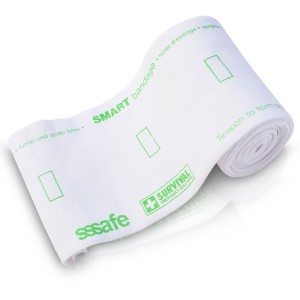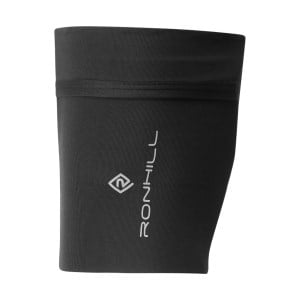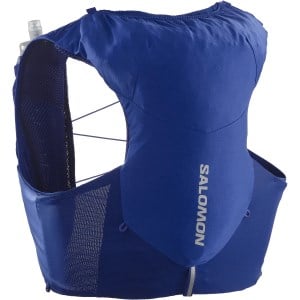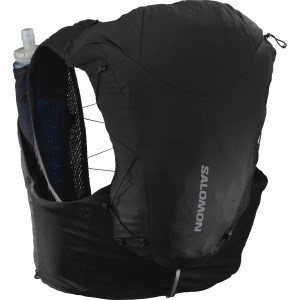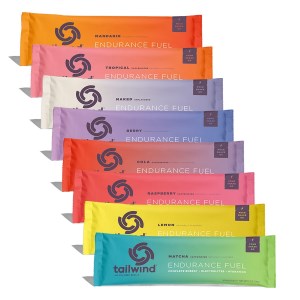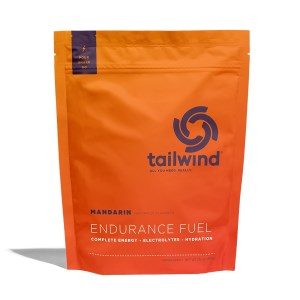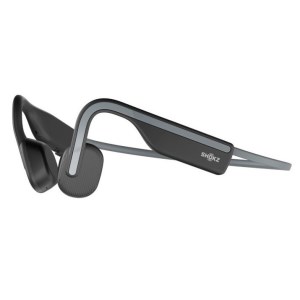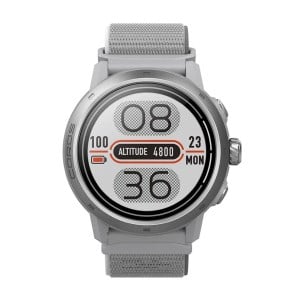How To Switch From Road To Trail Running
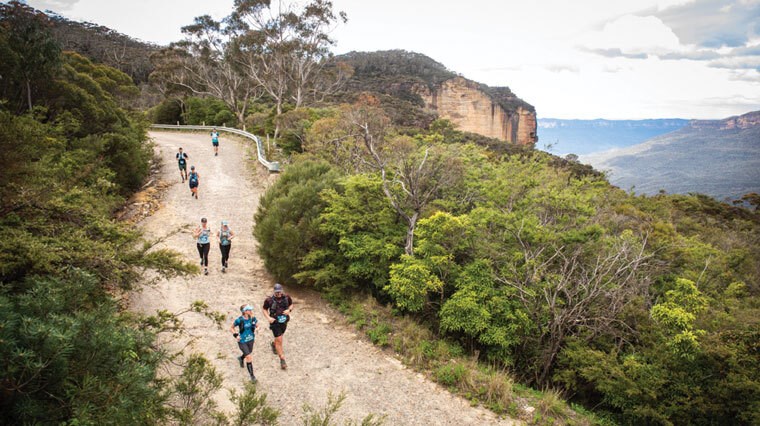
What does it take to be a trail runner?
In this 3-part trail series, we answer the frequently asked questions on trail running to encourage, inspire and support your journey – because we believe the joy of trail running should be accessible to everyone.
Whether you're stepping into the trail running world for the first time, or discovering how to get back into trail running after a hiatus, this blog series is for you.
In Part 1 below, you'll discover the differences between trail running and road running in definition and difficulty, and learn the benefits of making the switch to the trail to boost your motivation. You'll build your confidence to overcome the challenges of transitioning to trail running with practical, beginner-friendly tips to get you started.
The Complete Trail Series
- Part 1: How To Switch From Road To Trail Running
- Part 2: How To Train For & Recover From Trail Running
- Part 3: The Essential Guide To Trail Running Shoes & Socks
Table Of Contents
1. Introduction To Trail Running
- What defines a trail run?
- Is trail running harder than road running?
- Why is trail running good for you?
2. How Do You Start Trail Running From Scratch?
Introduction To Trail Running
Trail running vs road running: What defines a trail run?
Trail running is technically any running that is performed off-road - whether it’s the striking red dirt of the outback, a pristine sandy beach, leafy bush tracks or mountainous, rocky terrain. Grass, gravel and dirt paths are equally legitimate ‘trail’ surfaces, even if they’re located at the local park a short walk from your home.
Trail running doesn't have to be isolating. There is no rule that says a trail run has to be at high altitudes, remote destinations or even be particularly difficult, with the beauty being that there’s a trail run for everyone.
The main difference between trail running and road running is that road running alternatively refers to running on any sealed, human-made surfaces such as concrete, pavement and tarmac, including pedestrian footpaths.
Is trail running harder than road running?
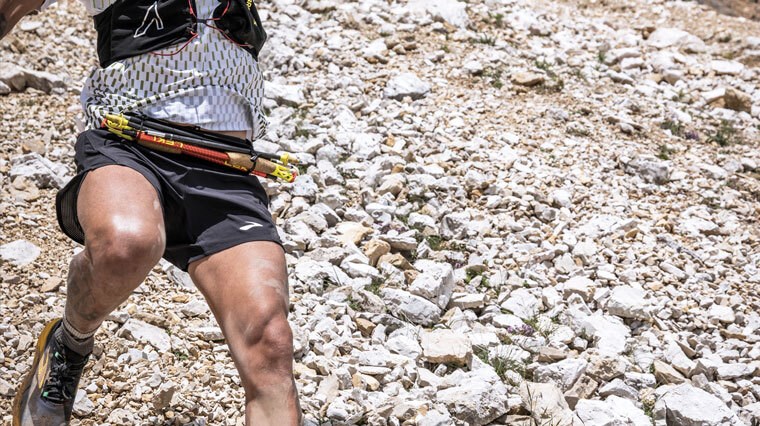
The quick answer is yes – trail running is harder than road running. However, this doesn’t mean it's insurmountable, even for beginners. You just need to know how to set off on the right foot.
Whereas running on road or sealed paths puts smooth and consistent ground beneath your feet, making it easier to flow into a steady rhythm, trail conditions can vary greatly, both in the terrain and the technical challenge. Whether you’re running on loose gravel, densely-packed dirt, leaf-covered trails, thick snow or jagged rocks will significantly impact your experience, testing your stability and your ability to adapt.
The term ‘trail running’ covers everything from short runs on wide, well-maintained and gentle nature paths, to multi-day ultramarathons that require months of preparation, testing your physical and mental resilience over aggressive terrain.
Alongside the distance, the difficulty of your trail run is highly influenced by your environment. It may involve steep hills and breathtaking undulations underfoot, or it may be relatively flat and forgiving. The most technical trails may even involve crossing rivers or using both hands and feet to climb up and over towering boulders.
Trail running can immerse you in everything from mountainous wilderness to thick and beautiful Australian bush. The nuances of the terrain combined with the potential for natural debris like sharp stones, twigs and gnarled roots means that trail running puts your proprioception (awareness of your body in space) into gear and requires an additional degree of both intuition and focus compared to road running.
Throw rain clouds into your adventure, and the trail can transform – from densely-packed dirt to thick mud – requiring adjustments in your stride and pace to navigate the conditions safely.
For more information and tips, check out Trail Running Is Harder Than Road Running, Here’s How To Make It Easier.
Why is trail running good for you?
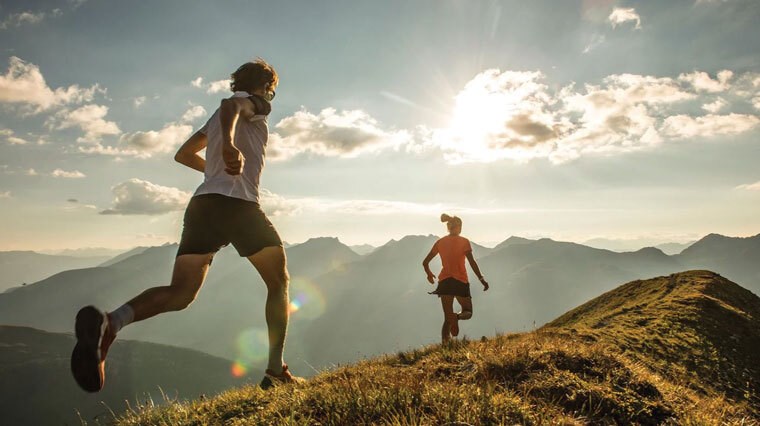
Trail running combines the positive physical and mental benefits of running with the mood-boosting atmosphere of nature.
Physically strengthening: Trail running builds muscle & can be easier on the body
The physical challenge of trail running can build strength as navigating rugged terrain activates underused muscle groups, with even the tiny muscles in your toes engaging to enhance stability.
Your feet, ankles, calves and glutes all benefit from switching the road for the uneven nature of the trail as you leap over rocks or manoeuvre around roots. Simultaneously to increasing your muscle strength, trail running improves your balance, agility and coordination – all of which contribute to being a faster, more powerful and less injury-prone runner.
It is believed that trail running can also increase your calorie burn, as it engages your core when you activate your muscles for stabilisation, and requires increased lateral (side to side) movements compared to the linear and consistent nature of road running.
Although trail running is harder than running, trail running is easier on the body, as you trade hard concrete, pavement or tarmac surfaces for softer, natural terrain. This can help take the stress off your joints, reducing your risk of overuse running injuries that can occur if running solely on road surfaces, particularly if your running shoes don't have adequate cushioning.
Mentally uplifting: Trail running can boost your mood & mental health
Trail running provides a rejuvenating experience away from the hustle and bustle of urban or city life. Not only is movement a joyful and rewarding activity, but being out in nature encourages mindfulness, allowing stress to melt away.
Listen to the whispering of the creek, or the chime of native bird song. Immerse yourself in the rough feel of bark or sweet fragrance of native flora. Tuning into your senses can be transformational in the moment and open your perspective, making everyday problems feel smaller and more manageable among the tranquillity.
You may feel mentally lighter for having laced up in your trail running shoes for eye-opening bush therapy, while building confidence, self-esteem and mental resilience for having taken on a challenge. Trail running is invigorating. It can cultivate or reignite your passion for running, and inject variety into your routine to keep it fresh and fulfilling.
If you are a runner looking to boost your motivation, progress in your fitness or seeking a new adventure, trail running could be the feel-good activity needed to uplift your mind and strengthen your body.
How Do You Start Trail Running From Scratch?
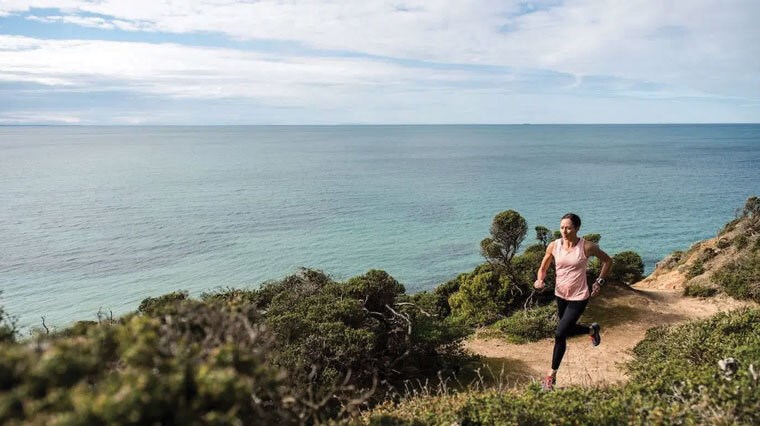
Be inspired
From bushland to beach, does the scenery resonate with you? Choose a trail run that sparks your motivation to lace up in your trail running shoes. For inspiration, discover Australia's most scenic parkruns.
Transition gradually to technical terrain
Do your research and select a trail that coincides with your ability, gradually working yourself up to more technical terrain if this is your running goal.
Beginner-friendly trails are typically wide, flat, well-maintained and free of obstacles, with signposts to help guide you while offering a rejuvenating experience in nature. They also offer a fantastic opportunity to inspire the entire family to get active. Some are even ideal for jogging with a running pram if you have an all-terrain design and if your little athlete is the appropriate age (at least 6 months old) to do so safely.
Bushwalk before you trail run
There’s no need to rush into trail running. Walk before you run to get a feel of the terrain beneath your feet, then consider picking up the pace on solid, smoother and well-maintained stretches of trail where it’s safe to do so.
It’s important to emphasise that walking is a part of trail running, whether you’re a beginner or seasoned ultra runner. Being strategic about your pace, such as walking up steep inclines and conserving your energy in longer trail runs, is a key aspect of being a trailblazer.
Be safe & prepared
Ideally, you’ll be trail running as a pair or in a group, especially as a beginner until you find your footing. When starting out in trail running, it's recommended that you choose trails that you've walked before and are familiar with. If you're running alone, be sure to choose high-traffic trails as a safety net, to ensure help is close by.
Research the specific trail pre-run to prepare for the conditions and be vigilant. For example, knowing how to prevent and treat snake bites and carrying a snake bandage as a precaution on Australian trails is recommended, with snakes the most active in the warmer weather from October to January.
For safety reasons, it’s always important to tell a friend or family member where you are headed and when you'll return, and to carry your phone with you, whether it’s in a phone arm band or hydration vest.
Wear your hydration
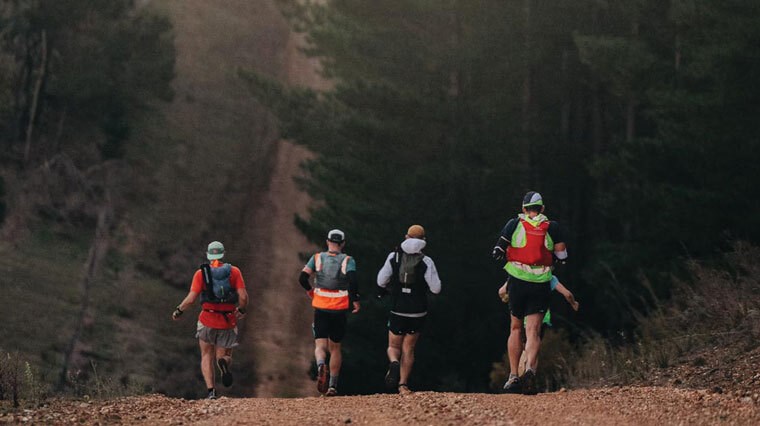
Considering that there may be limited access to shops and facilities from the trail, bring adequate water (and extra to be safe), following these tips on how to hydrate for long and short runs for guidance. Running hydration vests are often the go-to for trail blazers of all abilities, providing bounce-free storage of water and trail essentials in breathable, body-conforming designs.
Salomon and On Running's range of hydration gear are true to the term 'vests' instead of packs. The idea behind hydration vests is that they are a hydration solution that you wear with a next-to-skin fit, rather than carry like a backpack. This ensures you feel light, free and unburdened, while keeping your water supply close.
Depending on the specific hydration vest, water may be stored in convenient front flasks and/or a sleek hydration bladder at the back with attached drinking tube to suit your needs and preferences.
Bring trail-ready nutrition
Many hydration packs feature expandable pockets for your running nutrition to keep you fuelled – whether it’s a homemade protein muffin, energy bars or energy gels for longer runs or more intense efforts. You’d be surprised at how big a difference an energy boost in the form of a small snack, eaten as needed, can make to sustain you through the challenges on the trail.
As you progress as a trail runner, taking your adventures further, you may consider diving deeper into the world of running nutrition and hydration products. Tailwind is a popular brand among long distance runners from marathon to ultramarathon to support your nutrition on the trail or race day. Tailwind Nutrition Endurance Fuel helps to quickly fulfil your calorie and electrolyte demands while being gentle on sensitive stomachs.
It's a hydration pack compatible sports drink, meaning it's easy to clean with a quick rinse and can be sipped on-the-go for steady, sustained energy.
-
Koda Energy Gel - 45g Sachet
-
Tailwind Nutrition Endurance Fuel Single Serve Stick - 54g
-
Tailwind Nutrition Endurance Fuel Bag - 810g
Shorten your stride
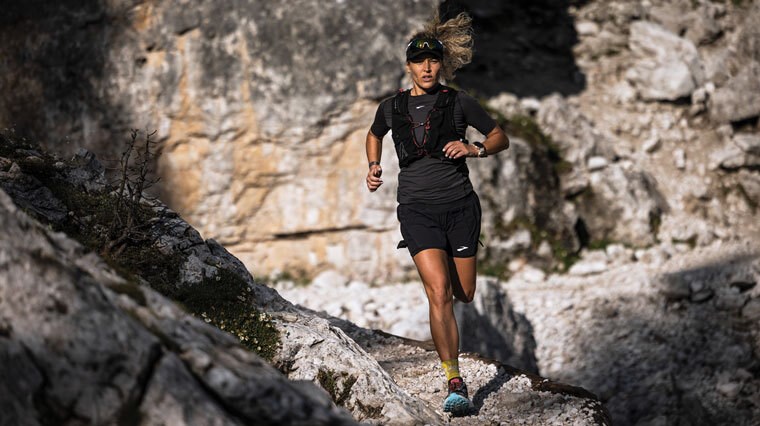
Typically, the strides of a trail runner are quick, light and short with a high cadence (steps per minute). Shorter strides help you adapt to changing conditions, giving you more control, balance and stability compared to a longer or overextended stride. This allows you to change gears in pace, even at short notice, to adapt to the surroundings. It also improves your running efficiency and helps ward off fatigue.
Shorter strides can help minimise the stress on your joints as you land softer with less impact running through your foot, ankles, knees and hips.
Check in with your running posture
When you’re running on the trail, be conscious of your running form by scanning your body – is your head facing forwards, shoulders and hands relaxed, and torso straight?
A proper running form can help you conserve energy to run more efficiently and reduce the risk or severity of any niggles or muscle tension. When it comes to uphill running on the trail, your body will have a natural lean from your ankles.
Scan ahead & focus
You may have a stumble or trip on occasion when you pick up the pace on uneven terrain, and that’s OK, it happens and usually isn't serious. Besides wearing trail running shoes appropriate for the conditions, one of the best ways to reduce your risk of trips on the trail is by concentrating.
Unlike road running that allows you to effortlessly flow into the zone where your thoughts can wander, trail running requires focus - keeping you anchored in the present and your surroundings - which offers its own sense of freedom.
It's important to consciously scan 1.5m - 5m ahead for debris, allowing you to leap over or manoeuvre around them. This increased awareness allows you to adjust your pace, shift your weight or adapt your stride to suit the conditions. As you progress as a trail runner, you'll be able to react more intuitively and your confidence will naturally grow.
Leave your running headphones at home or choose them wisely
To gain the full mood-boosting benefits of trail running, it can be beneficial to save your headphones for urban or city environments. On the trail, nature offers its own soundtrack to uplift and inspire you.
If you don’t want to leave home without your headphones, opt for open ear headphones like Shokz running headphones. These allow you to listen to your go-to running music without blocking out ambient sounds.
Not only will this allow you to enjoy a sensory experience out in nature, it will also enable you to stay auditorily aware of your surroundings. This could be anything from fellow trail runners you may need to give way to as part of trail etiquette, or even wallabies that you can catch a glimpse of as they hop through the bush.
-
Shokz OpenMove Wireless Bluetooth Bone Conduction Headphones
-
Shokz OpenRun Wireless Bone Conduction Headphones
-
Shokz OpenRun PRO Wireless Bluetooth Bone Conduction Headphones
Gear up with a GPS running watch
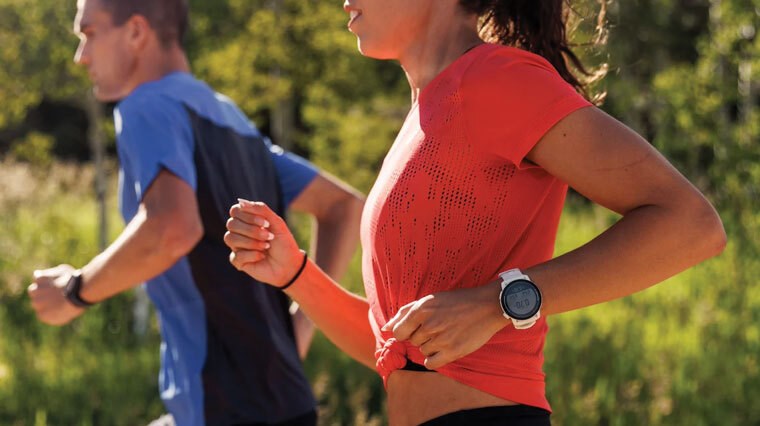
As your passion for trail running deepens, you may find a GPS running watch is well-worth the investment. Alongside measuring your performance data and running metrics from your heart rate to your cadence, running watches can keep you safe and on track when trail running in remote locations.
Running watches with dual-frequency GPS or GNSS, global offline maps and compass, like those from COROS, are highly valuable when it comes to navigation - making them among the essential items in every trail runner's toolkit.
Alongside preventing getting lost and helping you find your way, this wearable running tech with navigational features can contribute to your self-motivation - recording how high you've climbed in altitude, how far you've ran, and give you a glimpse of the journey ahead.
-
Coros Pace 3 Premium Multisport GPS Watch With Silicone Band
-
Coros Pace 3 Multisport GPS Watch - Eliud Kipchoge Edition
-
Coros Apex 2 Pro Premium Multi-Sports Watch
Adjust your performance expectations
Consider saving your goal to run a 5K PB for your road running to avoid becoming disheartened. 5K of running on a flat, consistent road isn't comparable to 5K of trail running on rugged, undulating terrain. Even though you're running the same distance, it doesn't mean the effort is equal - with changes in elevation and your running surface influencing your pace and energy levels.
If you're a results-driven runner, rather than comparing your performance between the road and trail, aim to run your best for the terrain and conditions, whether it's during race day or daily training. Run by feel, remembering that your performance when it comes to trail running is less about maintaining a consistent pace, and more about maintaining a consistent effort (e.g. slower on the hills, faster on the flats).
Alternatively, consider your trail run as a pressure-free run. The silver lining is that trail running at any pace strengthens your muscles to be a faster and more powerful runner, so when you do return to your road running sessions or parkrun, you're closer to achieving your PB goals.
Take nothing but pictures, leave nothing but footprints
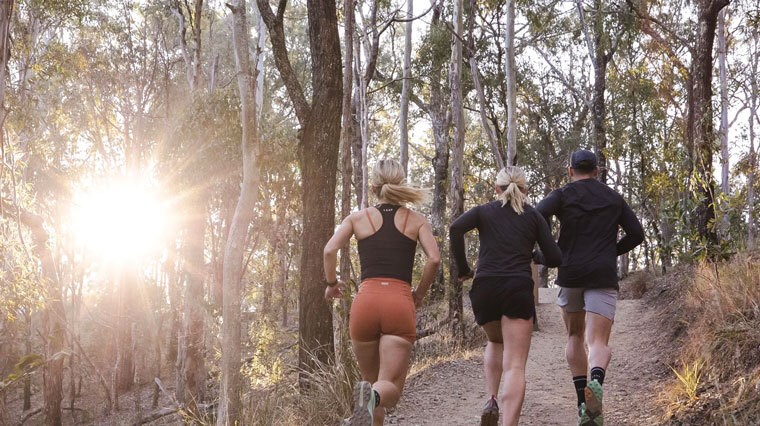
To preserve the natural environment for future generations and the native flora and fauna that inhabit it, it’s important to respect the land you tread. This means everything you bring to the trail should come back with you or be disposed of appropriately (e.g. energy gel wrappers), and you shouldn’t take any natural souvenirs from the environment (e.g. picking flowers or coral). If something beautiful catches your eye, don't take it; take a photo of it.
Stick to the defined trails wherever possible to ensure your footprints do minimal damage and disturbance to the surrounding ecosystems and native habitats. Your care and consideration are greatly appreciated, and you'll be rewarded with treasured memories you can take home with you.
If you liked this, you'll love Part 2: How To Train For Trail Running which will be releasing next week.
Happy trail running!

